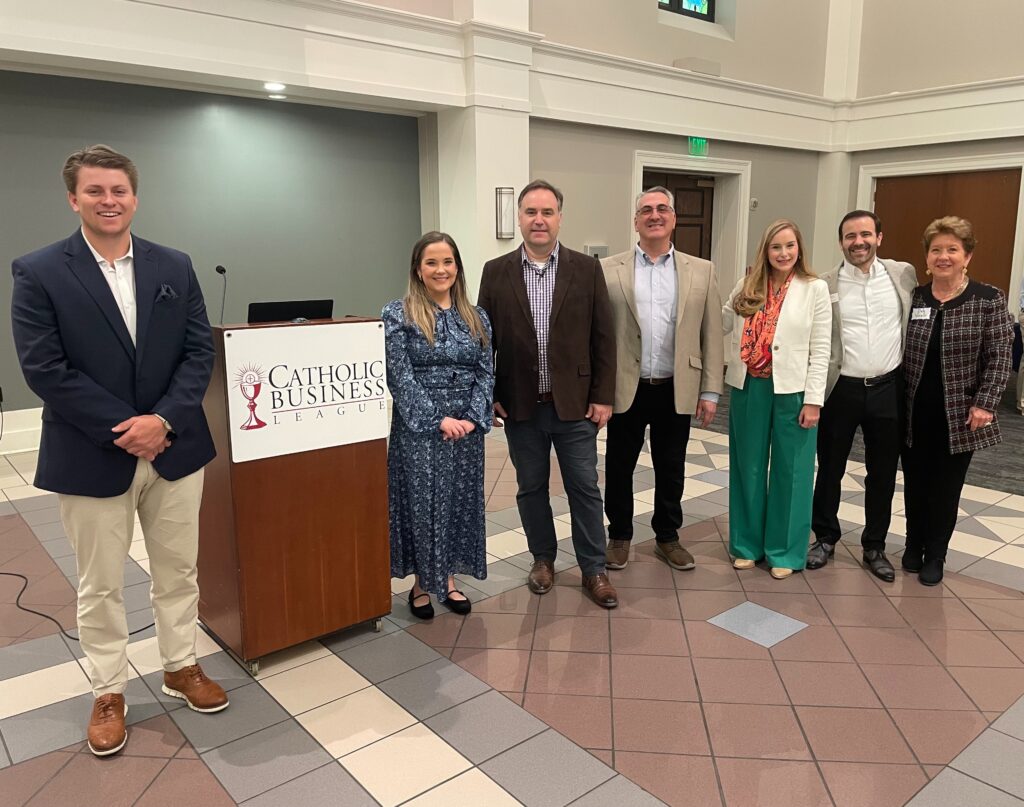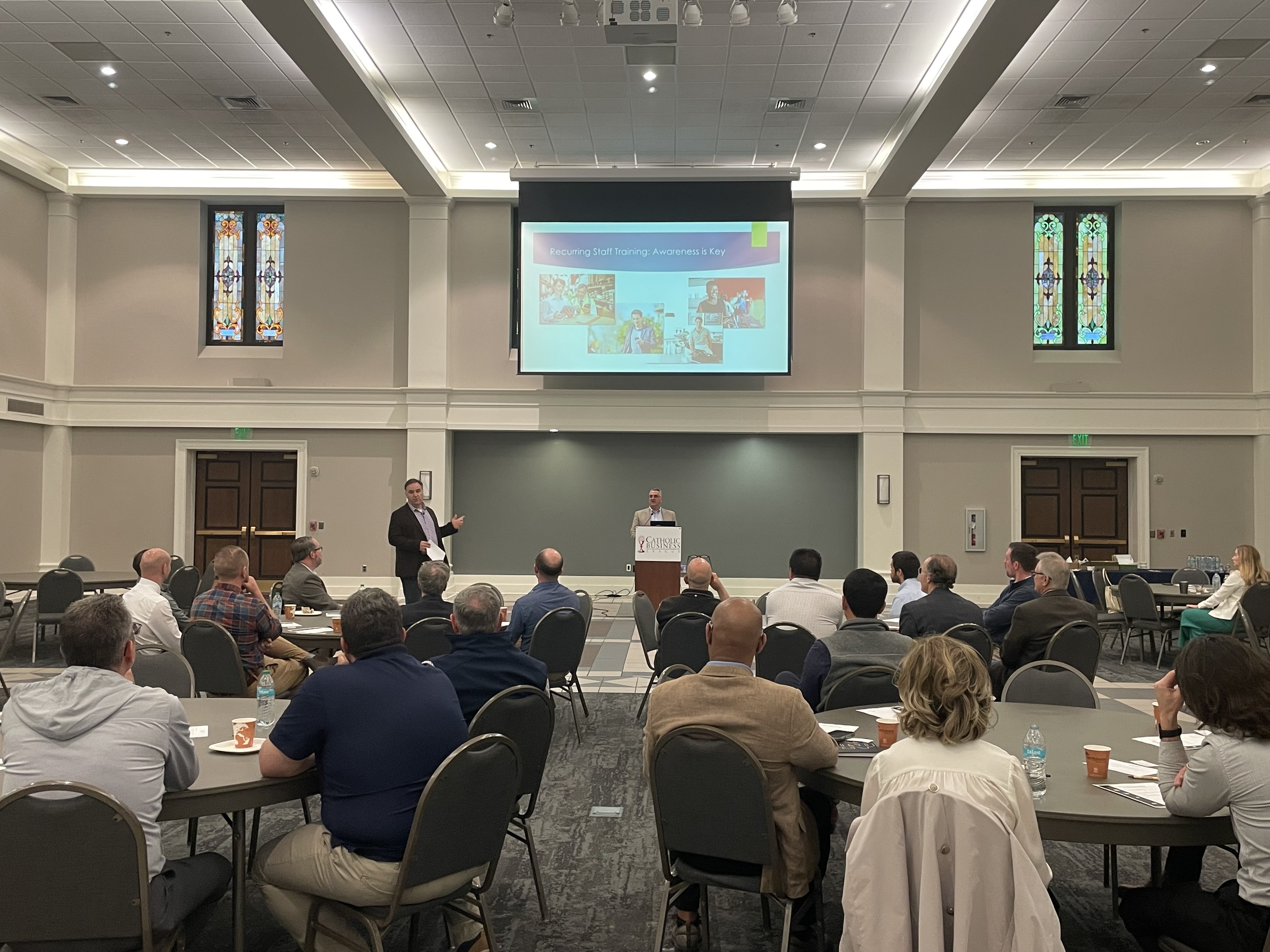
We welcomed a large and highly engaged audience to this morning’s breakfast meeting, at which Affinity Technology Partners’ Jim Bashour and Sean Wright discussed the ways in which businesses can keep themselves and their information — as well as that of their clients — safe from cyber attacks.
During their presentation and subsequent Q&A session, both focused on a core foundation for enhancing businesses’ cybersecurity: People, Process, Technology. While the technology is undoubtedly important, its position as the third component of the phrase is significant.
At the first lines of defense are the people who make up the business and the processes that the business has set in place. Having a well-trained staff who is aware of the latest tech developments — and how best to defend against them — is paramount. Next comes a clear set of guidelines and procedures for handling sensitive information, with a defined response plan should any incidents or breaches occur.
Finally, of course, is the technology. Ransomware text messages or unusual attachments may be red flags, which they stress should not be clicked unless users are absolutely certain of the files’ legitimacy. And if such links are clicked, they emphasize avoiding the input of any passwords or similarly sensitive information, which could corrupt the safety of not just a single account but that of all accounts tied to the user or the device.
In their final message, they advised a few keys for maximizing safety:
- Advise your team on best practices with regular training and awareness
- Encourage colleagues to report any known instances of technology threats, emphasizing safety and security even if the issues appear small or minimal
- Do not click links or files from unknown senders
- Use private VPNs or personal hotspots instead of public WiFi networks found in stores or restaurants
- Change passwords every 30 or 90 days, or use a full sentence (including numbers or symbols is encouraged) if preferring not to change passwords
Thank you, Jim and Sean, for all of the insight that you shared throughout your presentation, and we’ll see you all for our next meeting on May 8!










